Photovoltaic Systems in Spain
Mallorca – Menorca
Ibiza – Canary Islands
Financial freedom, brought to you by the sun
We help people in Spain achieve freedom and stability in an uncertain world through the installation of photovoltaic systems and hea-pumps. Our native English-speaking team, along with our proficiency in multiple languages, ensures effective communication and understanding for our clients. With photovoltaic systems, we offer a sustainable solution for generating electricity, reducing dependence on traditional energy sources, and promoting environmental conservation. Harnessing the power of sunlight, these systems provide a reliable and renewable source of energy, contributing to a greener future.
Planning a photovoltaic system
Site selection
Performance calculation
Solar module selection
Choose high-quality solar panels that meet your needs. Consider factors such as efficiency, durability, warranty terms and price. There are different types of solar panels such as monocrystalline, polycrystalline and thin-film, each with their own advantages and disadvantages.
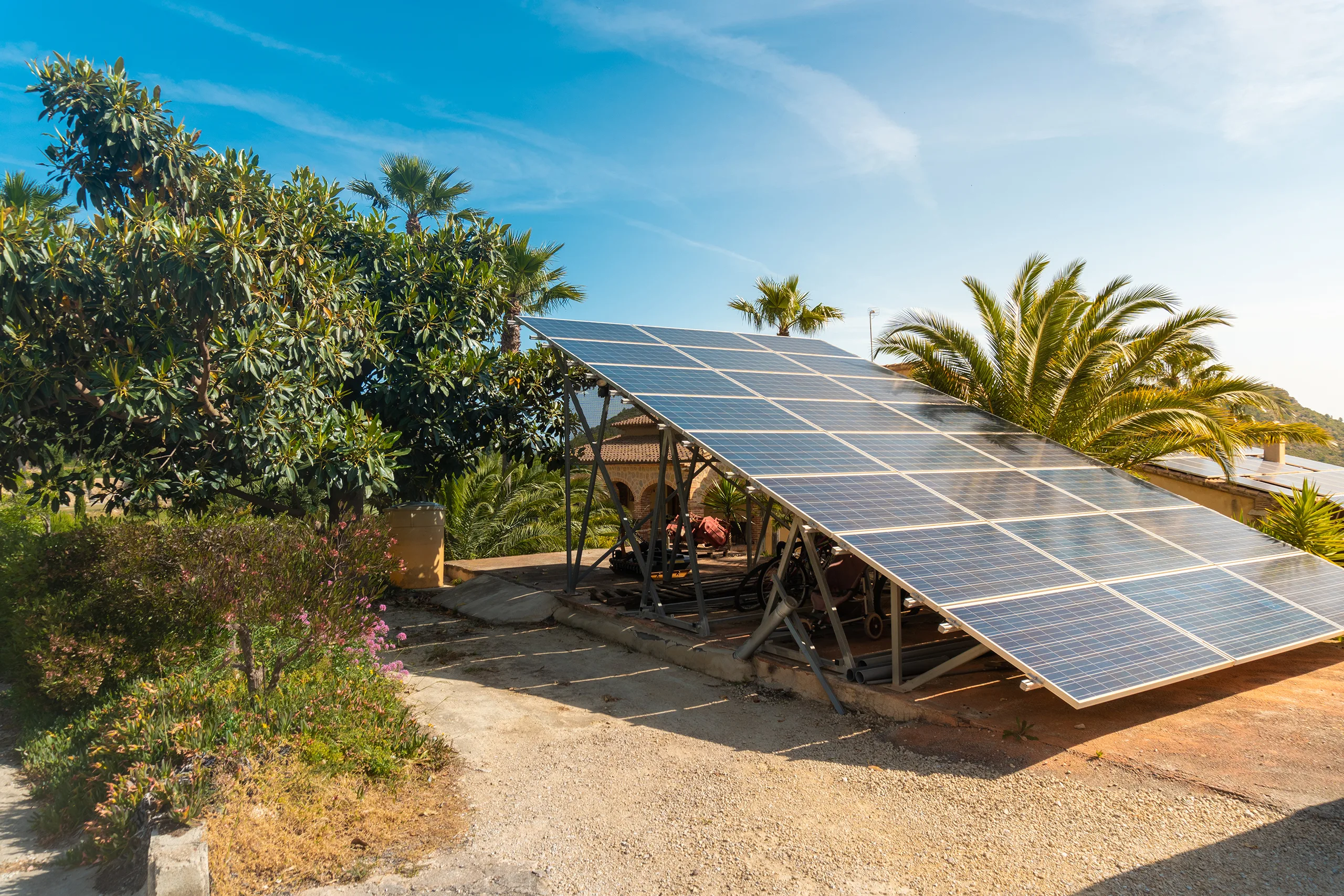
Building photovoltaic systems
We help people in Spain achieve freedom and stability in an uncertain world through the installation of photovoltaic systems and hea-pumps. Our native English-speaking team, along with our proficiency in multiple languages, ensures effective communication and understanding for our clients. With photovoltaic systems, we offer a sustainable solution for generating electricity, reducing dependence on traditional energy sources, and promoting environmental conservation. Harnessing the power of sunlight, these systems provide a reliable and renewable source of energy, contributing to a greener future.
Planning a photovoltaic system
Installation and alignment
Determine the mounting type and orientation of the solar panels. Rooftop mounts are a common option for residential properties, while ground-mounted mounts may be suitable for larger installations. Make sure the solar panels are installed at an optimal angle and in the correct orientation to maximize solar gain.
Inverter selection
Grid connection and feed-in management
Financing and funding
Check financing options such as loans, leasing or government subsidy programs for photovoltaic systems. Also consider possible savings in electricity costs and the return on investment over the life of the system.
Installation planning and approvals
Careful planning is crucial to realising an efficient, reliable and economically viable photovoltaic system. It can be helpful to seek advice from qualified professionals and, if necessary, to obtain professional assistance in planning and carrying out the installation.
What is solar thermal energy
Solar thermal energy is a technology for using solar energy to produce thermal energy. Unlike photovoltaics, which converts sunlight directly into electrical energy, solar thermal energy converts sunlight into thermal energy, which is used for heating, hot water and sometimes cooling. Solar thermal systems consist of collectors that absorb sunlight and transfer the heat gained to a heat transfer medium, usually water or a heat transfer fluid.
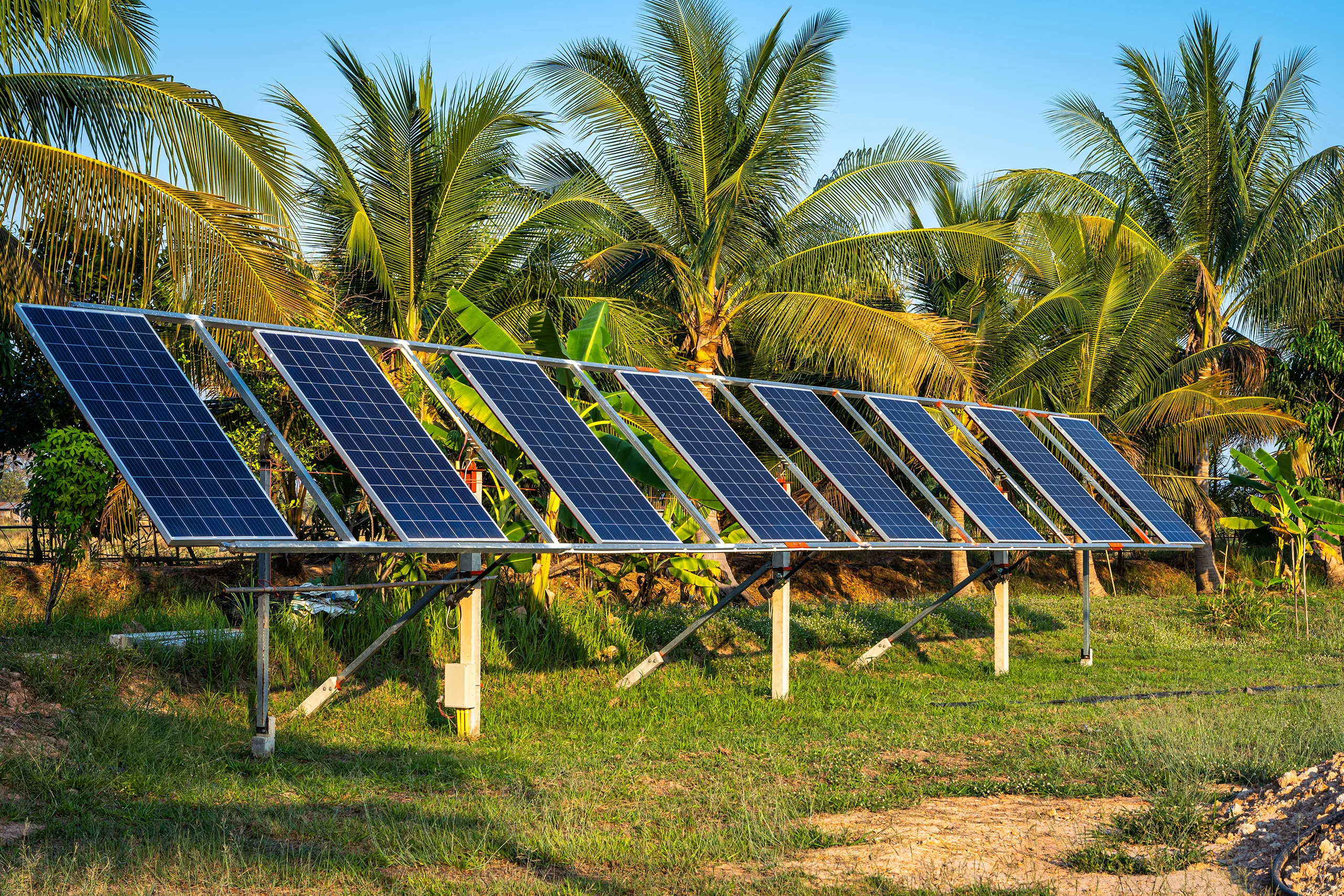
There are different types of solar thermal collectors, including:
Flat collectors
Flat collectors consist of a flat absorber that is located in an insulated housing and is usually covered with a glass cover. Sunlight heats the absorber, which transfers the heat to a heat carrier.
Evacuated tube collectors
Evacuated tube collectors consist of glass tubes containing a vacuum and having an absorber inside. The vacuum insulates the absorber and reduces heat loss as sunlight penetrates through the glass tubes and heats the absorber.
Solar thermal systems can be used for a variety of applications, including:
Hot water preparation
Solar thermal systems can be used to provide hot water for daily use in homes, commercial buildings and swimming pools.
Heating support
Process heat
Process heat: In some cases, solar thermal systems can be used to provide process heat for industrial applications, such as in the food or chemical industries. Solar thermal energy offers a clean, renewable and sustainable way to generate heat energy and can help reduce fossil fuel consumption and lower CO2 emissions
How much do photovoltaic systems cost in Spain?
As a reliable German partner, we are happy to assist you with the consulting and planning of a photovoltaic system and advise you on the investment costs, operating costs and energy efficiency of a photovoltaic system.
Investment costs
Investment costs in photovoltaic systems vary depending on various factors, including the size of the system, the performance of the solar modules, the type of installation (rooftop system, open space system, etc.), the quality of the components, the installation costs and any additional costs such as mounting systems, inverters and monitoring systems. Here are some aspects that can influence the investment costs of a photovoltaic system:
Size and performance:
The size and performance of the photovoltaic system are decisive factors for the investment costs. Larger systems with higher performance require more solar modules and corresponding components, which leads to higher investment costs.
Solar modules:
Inverter:
Mounting systems and installation costs:
Additional components:
Financial incentives:
Overall, the investment costs in photovoltaic systems can vary considerably depending on the size, output and location. Thorough planning, taking all relevant factors into account and, if necessary, seeking professional advice can help to optimise costs and ensure a profitable investment.
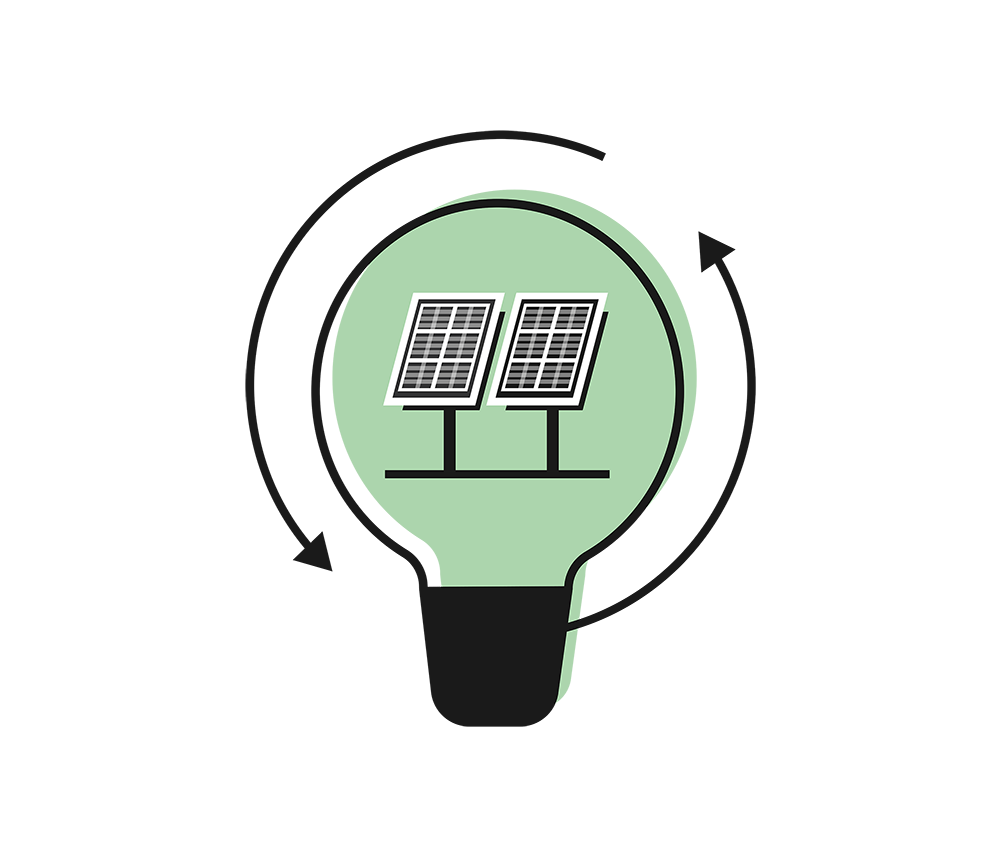

Operating costs of photovoltaic systems
The operating costs for a photovoltaic system are usually relatively low compared to the potential income from the electricity generated. Here are some of the main operating costs that can arise with a photovoltaic system:
Maintenance and repair:
Regular maintenance and upkeep of photovoltaic systems is important to ensure optimal performance and a long service life. This includes cleaning the solar modules, checking the wiring and connections, inspecting the mounting structure and, if necessary, repairing or replacing defective components. The cost of maintenance can vary depending on the scope and provider, but it is usually relatively low compared to the potential income from electricity generation.
Insurance:
The insurance costs for a photovoltaic system can vary depending on the location, size of the system and scope of coverage. Insurance can protect against damage caused by weather, theft, vandalism or business interruption. However, the insurance costs should be considered as part of the total operating costs. For any insurance queries, please visit our sister site iberiaversicherungsmakler.com
Measurement and monitoring systems:
Network connection fees:
Network connection fees:
Other costs:
Overall, the operating costs for photovoltaic systems are usually relatively low compared to the potential income from electricity generation. Through regular maintenance and efficient management, these costs can be further minimized while the income from electricity generation is maximized.
Power your life and future, with Spains sun.
The energy efficiency of photovoltaic systems in Spain depends on various factors, including the amount of sunlight, the orientation and inclination of the solar panels, the size of the system, the efficiency of the technology used and the location of the system. Spain has a high potential for the use of solar energy due to its sunny climate and geographical location.
The average solar radiation in Spain is around 1,500 to 2,500 kWh per square meter per year, depending on the region. This offers great potential for electricity generation through photovoltaic systems.
The energy efficiency of photovoltaic systems is often measured by the solar panel efficiency, which indicates how effectively the panels can convert sunlight into electrical energy. The efficiency of solar panels has improved over the years and today averages between 15% and 20%, although some high-performance panels can have even higher efficiency.
The orientation and inclination of the solar panels also play an important role in the energy efficiency of a photovoltaic system. In Spain, it is common to orient the solar panels towards the south to obtain the maximum amount of sunlight. The inclination of the panels is often adjusted to the latitude of the location to achieve the best performance.
In addition, technological advances such as improved inverters and monitoring systems, as well as optimized mounting systems and operational management can help to further increase the energy efficiency of photovoltaic systems in Spain.
Overall, the favorable climatic conditions and advanced technology offer Spain great potential for the efficient use of solar energy through photovoltaic systems.
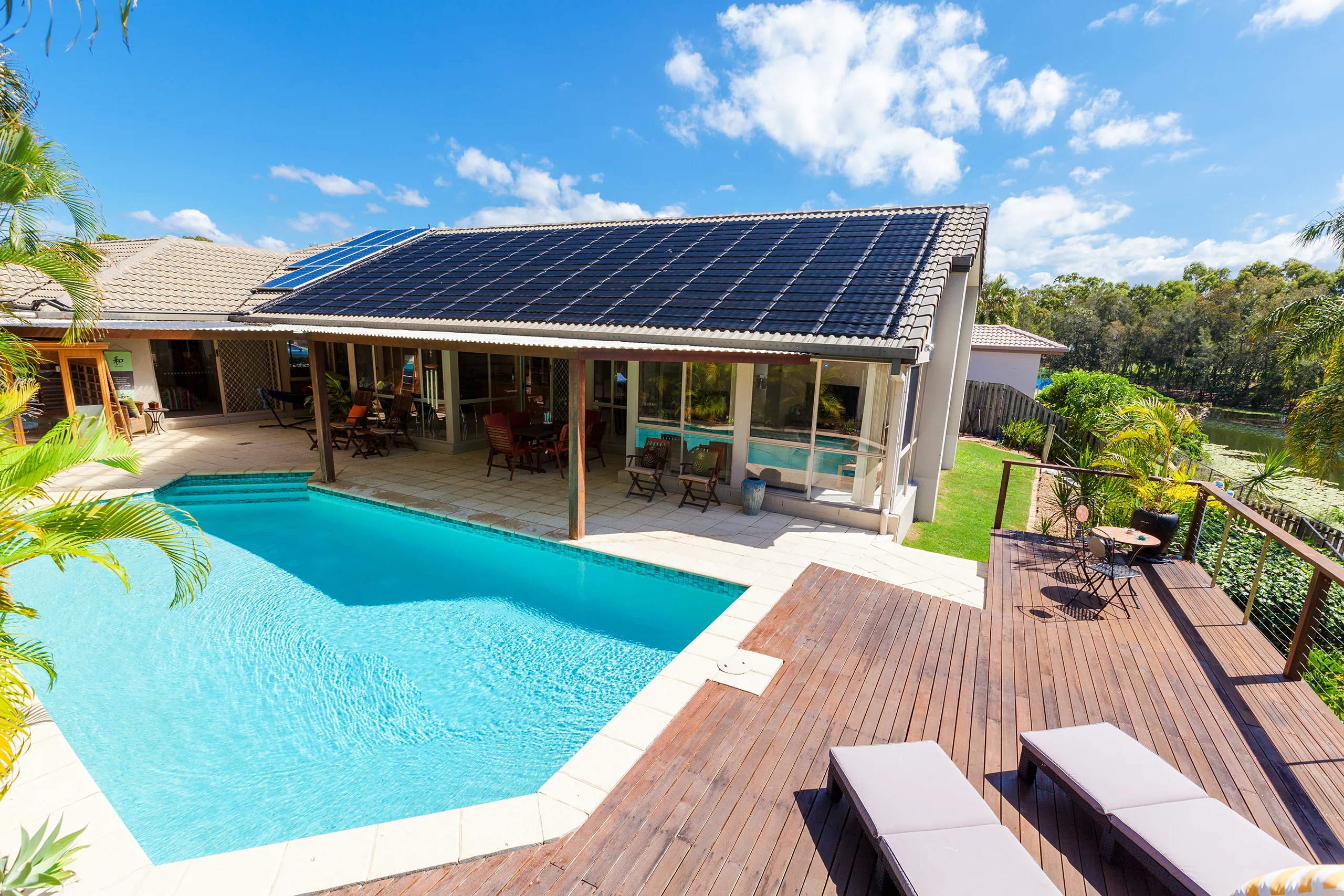
Sunny days in Spain
The number of sunny days in Spain varies greatly depending on the region. Here is an overview of the average number of sunny days per year for the Balearic Islands, the mainland (especially the southern and eastern regions) and the Canary Islands:
Balearic Islands (Mallorca, Menorca, Ibiza)
- Average sunny days per year: About 300
- Other characteristics: The Balearic Islands have a Mediterranean climate with hot summers and mild winters. There is sunshine almost every day, especially in the summer months of June to August.
Spanish mainland (e.g. Costa del Sol, Costa Blanca, Andalusia)
- Average sunny days per year: About 320
- Other characteristics: The southern regions of Spain, especially Andalusia and the coastal areas of the Costa del Sol and Costa Blanca, enjoy a very sunny climate. These areas have hot, dry summers and mild winters with many sunny days.
Canary Islands (e.g. Tenerife, Gran Canaria, Lanzarote, Fuerteventura)
The payback of a photovoltaic system in Spain depends on various factors, including the investment cost of the system, the level of government subsidies or incentives, the price of electricity, the level of solar radiation at the site, the efficiency of the system and the financing conditions. Here are some points to consider:
Amortization in Spain
The payback of a photovoltaic system in Spain depends on various factors, including the investment cost of the system, the level of government subsidies or incentives, the price of electricity, the level of solar radiation at the site, the efficiency of the system and the financing conditions. Here are some points to consider.
Investment costs:
The cost of installing a photovoltaic system varies depending on its size, power and type. It is important to carefully calculate the investment costs, including the costs of solar modules, inverters, mounting systems, installation and possibly additional components such as storage systems.
Government funding and incentives:
In Spain, government incentives, subsidies or feed-in tariffs may be available to reduce the investment costs of photovoltaic systems and accelerate the payback period. These may vary depending on the region and current legislation.
Electricity prices:
The current price of electricity directly influences the profitability of a photovoltaic system, as the electricity generated is either used by the system itself or fed into the power grid and remunerated. A larger difference between the cost of self-generated electricity and the price received or saved for the electricity fed into the grid can accelerate the amortization process.
Sunlight:
The solar radiation at the location of the photovoltaic system influences the amount of solar energy generated and thus the profitability of the system. Locations with high levels of solar radiation generally achieve a faster payback.
Efficiency of the system:
The efficiency of the solar modules and inverters used, as well as the quality of the installation, directly influence the amount of electricity generated. High-quality components and professional installation can maximize the performance of the system and accelerate the payback period.
The payback period for photovoltaic systems in Spain can vary depending on these factors and individual local conditions. Typically, the payback period for photovoltaic systems in Spain is between 5 and 10 years, although many systems have a significantly longer lifespan and can continue to generate profits after the payback period. It is advisable to carry out a thorough cost-benefit analysis and, if necessary, seek professional advice to assess the profitability of photovoltaic systems in Spain.
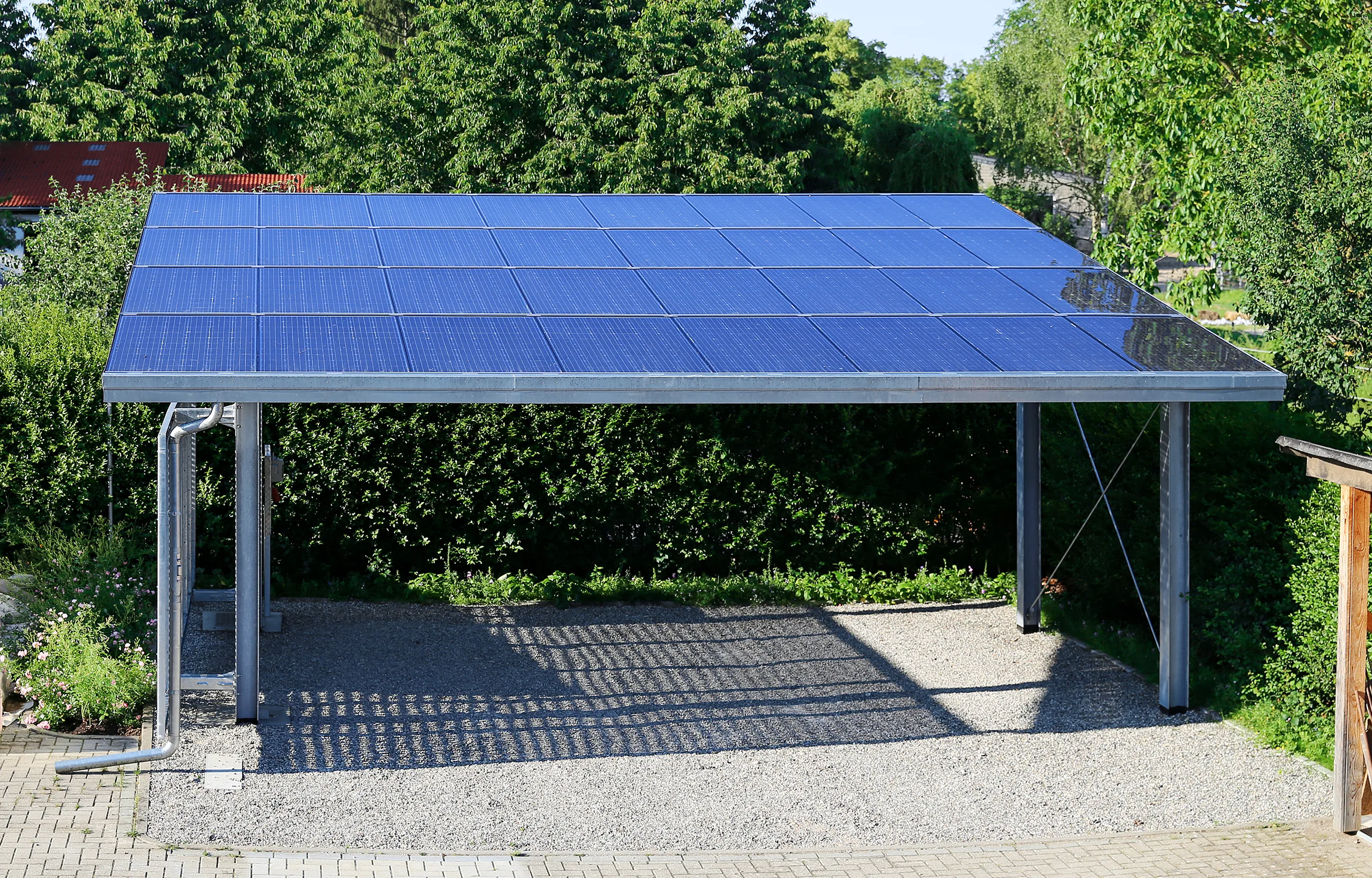
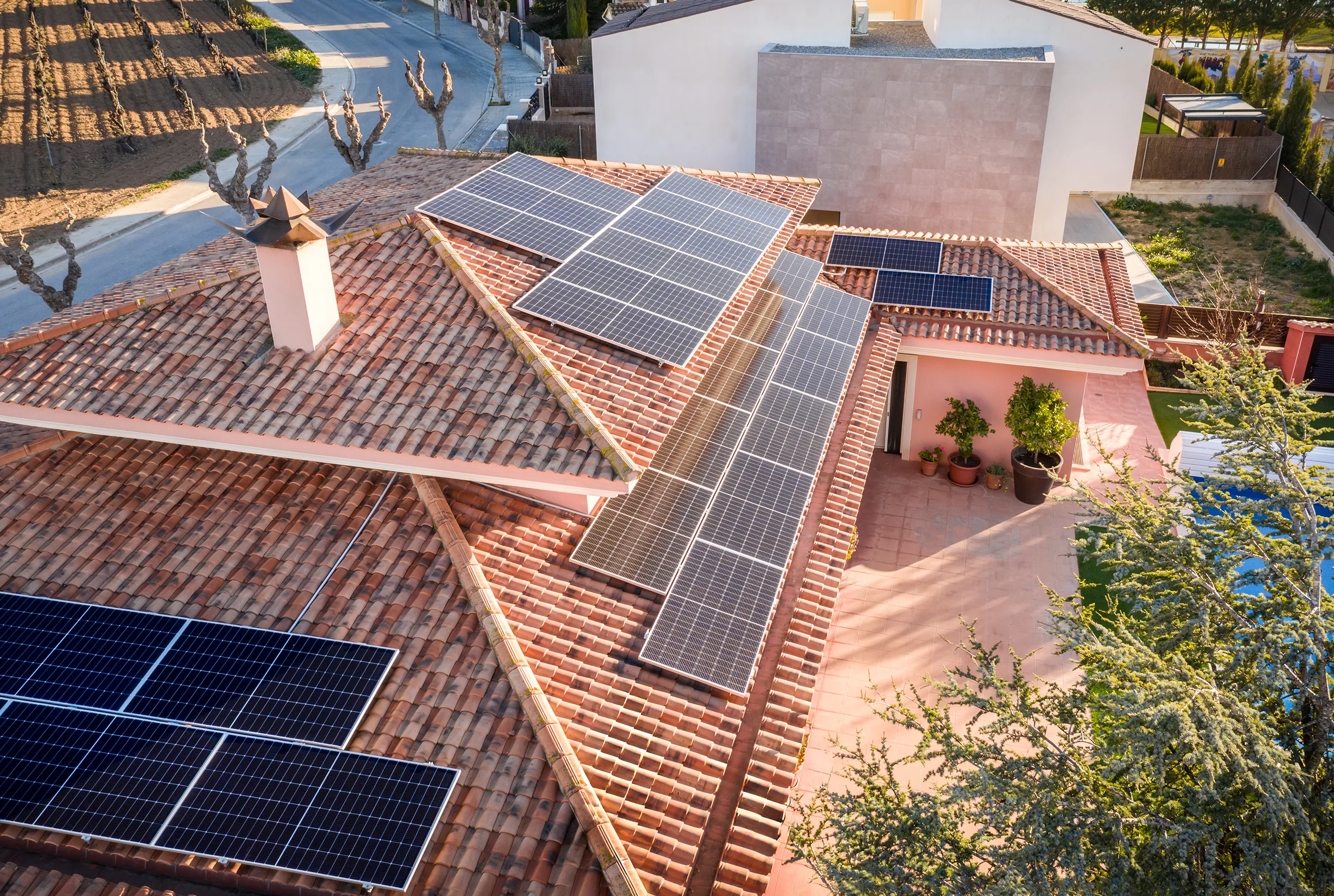
Checking the wiring:
The electrical wiring of the photovoltaic system should be checked regularly for damage, loosening or corrosion. Loosening or damage can lead to loss of performance or even failure and should therefore be repaired immediately.
Maintenance costs of a photovoltaic system
Maintenance requirements for photovoltaic systems are generally relatively low because they contain no moving parts and are less prone to wear and tear than some other energy generation technologies. However, regular maintenance is important to ensure maximum performance of the system and to detect potential problems early. Here are some typical maintenance aspects for photovoltaic systems:
Cleaning:
Checking the wiring:
Inspection of the assembly structure:
The mounting structure to which the solar modules are attached should also be inspected regularly to ensure that it is stable and intact. Loose or damaged mounting elements can compromise the safety of the installation and should be repaired or replaced.
Monitoring performance:
Checking the inverters:
The exact maintenance requirements and intervals may vary depending on the manufacturer and model of the photovoltaic system. It is important to follow the manufacturer’s specific maintenance guidelines and recommendations and, if necessary, to call in a professional for inspections and maintenance. Regular maintenance can help extend the life of the photovoltaic system, maximize its efficiency and prevent unexpected failures.Noise level
The noise level of a photovoltaic system is generally very low because they do not contain any moving parts or mechanical processes that could cause noise. Photovoltaic systems consist mainly of solar modules that absorb sunlight and convert it into electrical energy, and inverters that convert the direct current generated into alternating current that can be fed into the home or into the power grid.
Since solar modules do not contain any moving parts, they produce virtually no noise during their operation. Most modern inverters are also designed to operate quietly and not cause any annoying noise.
In rare cases, you may hear a slight humming or buzzing sound generated by the inverters, especially when they are operating due to electrical switching. However, this noise is usually barely noticeable and does not have a significant impact on the environment.
Overall, it can be said that photovoltaic systems are extremely quiet compared to many other energy generation technologies, making them an environmentally friendly and unobtrusive option for generating electricity.
Space requirements for photovoltaic systems
The space required for a photovoltaic system depends on several factors, including the power output of the system, the type of installation (rooftop, open space, etc.), the orientation of the solar panels, and local building codes. Here are some considerations for the space required for photovoltaic systems:
Roof systems:
When installing photovoltaic systems on roofs, the space required is usually smaller because the solar modules are mounted on existing structures. The space required depends on the size of the solar modules and the roof area. Depending on the roof area, photovoltaic systems can be installed on residential or commercial buildings without taking up additional space on the ground.
Open space systems:
East-West orientation:
Setback areas and permits:
When planning a photovoltaic system, distances to neighboring buildings or properties as well as local building regulations and approval procedures must also be taken into account. This can influence the space required and the arrangement of the solar modules.
Overall, the space required for photovoltaic systems is often smaller than that required for other energy generation technologies, especially for rooftop systems. Through careful planning and consideration of local conditions, the space required can be optimized and the efficiency of the system maximized.

Do you have any further questions?
You can’t find what you’re looking for? No problem, talk to us!
Why choose us?
We use the best tech to custom-build systems to power your life and family.
We make planning and installation easy.


